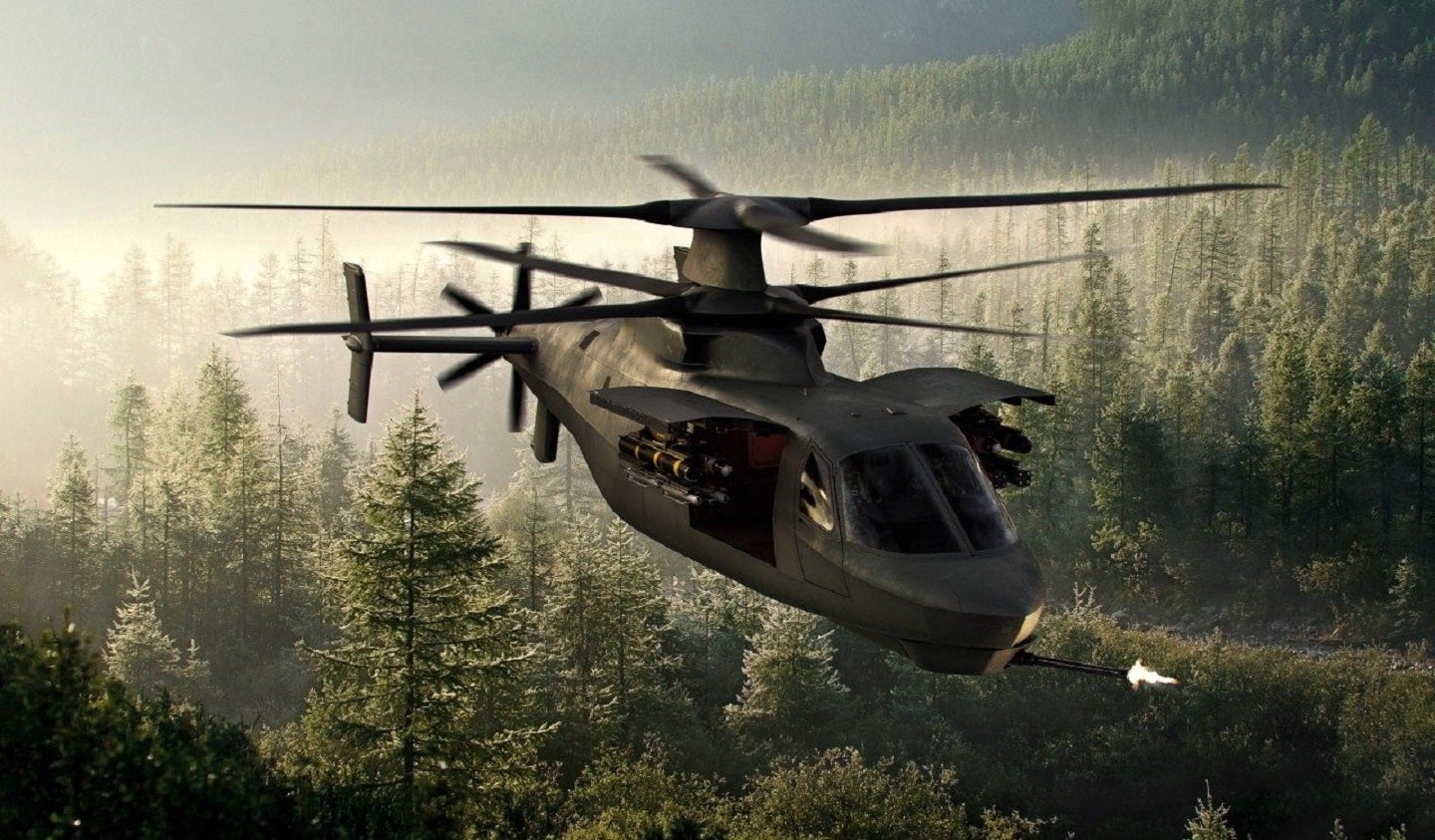
The Lockheed Martin subsidiary, Sikorsky, a Connecticut-based aircraft manufacturer, has produced what it believes to be the most suitable rotorcraft for conducting operations across the expanse of the Indo-Pacific.
With the US Department of Defense (DoD) still on the lookout for its next Future Attack Reconnaissance Aircraft (FARA) since 2018, Sikorsky is keen to win the contract after losing out on the Future Long Range Assault Aircraft (FLRAA) to its avaiation rival, Bell Helicopter.
After the US Government Accountability Office quashed Sikorsky’s protest against the FLRAA decision, the company seems to be changing tact by appealing to the needs of US Indo-Pacific Command as Lockheed pursues the FARA contract.
US concern in the Indo-Pacific
The company offers its Raider X as a FARA prototype. The use of X2 technology and its coaxial rotorcraft design are the leading features that enable the Raider X to traverse further and faster than conventional aircraft, while also manoeuvring at low altitudes.
These are two fundamental requirements for the use of the FARA in such a climate as the Indo-Pacific, which puts the distance and agility capabilities of aerial platforms to the test.
Lockheed Martin say that the Raider X is “custom-built for Indo-Pacific missions”. This time round, the company is playing to the needs of the DoD, as the region becomes a centre for US geopolitical concerns in countering the threat of China.
These are useful features as the US and its allies seek to work together to monitor the Indo-Pacific. This is suggested by the fact that Lockheed Martin was chosen as the primary bidder to deliver Australia’s satellite communication system, which is desigend to maintain situational awareness throughout the region.
Lockheed Martin’s aerial predominance
According to GlobalData intelligence in its report on ‘The Global Military Rotorcraft Market Forecast, 2023-2033’, spending on the next-generation FARA is expected to register a compound annual growth rate of 37.8%, which will see an increase from $717m to $988m in the given period.
This forecast is a significant asset. If Sikorsky are awarded the contract, the Lockheed Martin portfolio would consolidate the aerial domain, with this contract adding to its existing success with revamping international F-16 fleets with fifth-generation capabilities (sustaining them into the 2060s) and making the F-35 Lightning II the standard Nato fighter jet.
However, the potential success of a large defence corporation like Lockheed would ironically follow evidence found suggesting the DoD ought to diversify its client base to ensure smaller businesses benefit from the defence industrial base.







